Rise of Content Creation
The Graphics Card Market is significantly influenced by the rise of content creation across various platforms. As more individuals engage in video production, streaming, and graphic design, the demand for high-performance graphics cards increases. In 2025, the content creation sector is anticipated to grow substantially, with a projected market size of over 50 billion dollars. This growth is largely attributed to the increasing number of content creators who require advanced hardware to produce high-quality visuals. Graphics cards are essential for rendering videos, editing images, and running complex software applications. Consequently, the expansion of this sector drives demand for powerful graphics solutions, making it a vital component of the Graphics Card Market. The need for enhanced performance in content creation is likely to continue influencing purchasing decisions in the coming years.
Surge in Gaming Popularity
The Graphics Card Market experiences a notable surge in demand driven by the increasing popularity of gaming. As more individuals engage in gaming, the need for high-performance graphics cards escalates. In 2025, the gaming sector is projected to reach a valuation of approximately 200 billion dollars, with a significant portion attributed to hardware sales, including graphics cards. This trend indicates that consumers are willing to invest in advanced technology to enhance their gaming experience. Furthermore, the rise of competitive gaming and eSports has led to a greater emphasis on performance, pushing manufacturers to innovate and produce more powerful graphics cards. Consequently, this growing gaming culture is a primary driver of the Graphics Card Market, as it fuels both demand and technological advancements.
Emergence of Cryptocurrency Mining
The Graphics Card Market is also impacted by the emergence of cryptocurrency mining, which has created a unique demand for high-performance graphics cards. As cryptocurrencies gain traction, miners seek powerful GPUs to enhance their mining efficiency. In 2025, the cryptocurrency market is projected to maintain a significant presence, leading to sustained interest in graphics cards that can handle intensive computational tasks. This trend has resulted in fluctuations in supply and demand, often causing shortages in the market. Miners often purchase large quantities of graphics cards, which can drive prices up and affect availability for gamers and other consumers. Thus, the cryptocurrency mining phenomenon serves as a dual-edged sword for the Graphics Card Market, presenting both opportunities and challenges for manufacturers and retailers alike.
Advancements in Graphics Technology
Technological advancements play a crucial role in shaping the Graphics Card Market. Innovations such as ray tracing, AI-enhanced graphics, and improved cooling solutions are transforming the capabilities of graphics cards. In 2025, the introduction of next-generation GPUs is expected to enhance rendering quality and performance, appealing to both gamers and professionals in creative fields. The integration of machine learning algorithms into graphics processing units allows for real-time optimization, which could potentially revolutionize how graphics are rendered. As these technologies evolve, they create a ripple effect, prompting consumers to upgrade their systems to take advantage of the latest features. This continuous cycle of innovation is a significant driver of growth within the Graphics Card Market, as it encourages both new purchases and upgrades.
Growing Demand for High-Resolution Displays
The Graphics Card Market is experiencing growth due to the increasing demand for high-resolution displays. As consumers upgrade to 4K and even 8K monitors, the need for powerful graphics cards that can support these resolutions becomes paramount. In 2025, the market for high-resolution displays is expected to expand significantly, with a notable increase in sales of 4K and 8K televisions and monitors. This trend compels consumers to invest in advanced graphics solutions capable of delivering smooth performance at higher resolutions. Additionally, the rise of immersive experiences in gaming and media consumption further drives this demand. As a result, the Graphics Card Market is likely to see continued growth as manufacturers respond to the evolving needs of consumers seeking enhanced visual experiences.


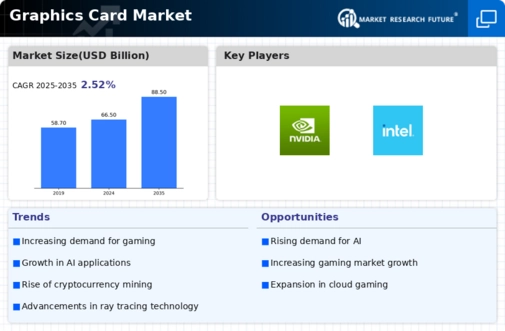
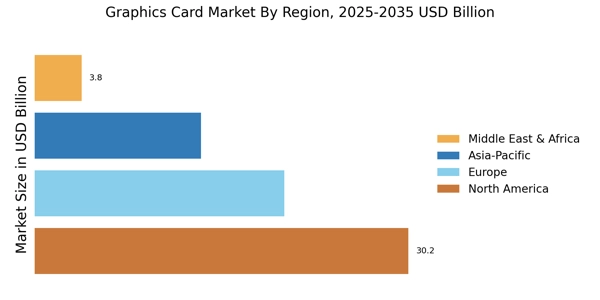
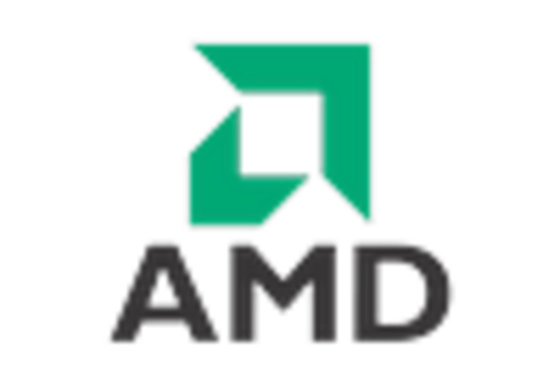
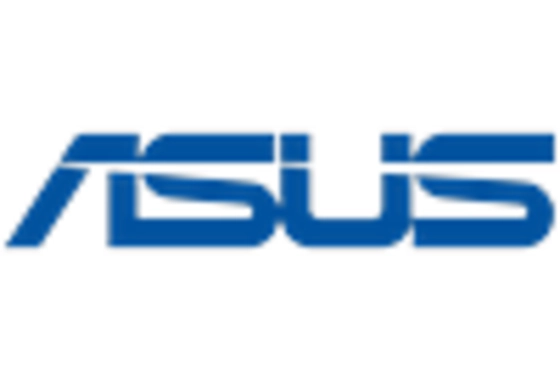
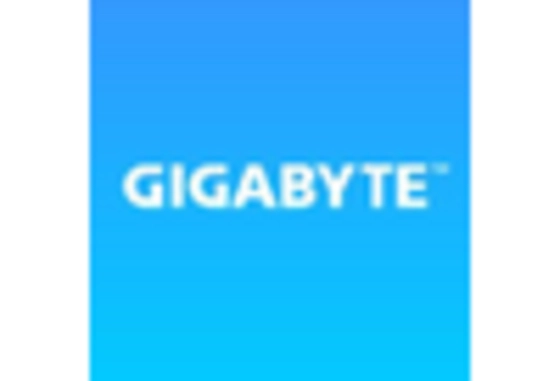
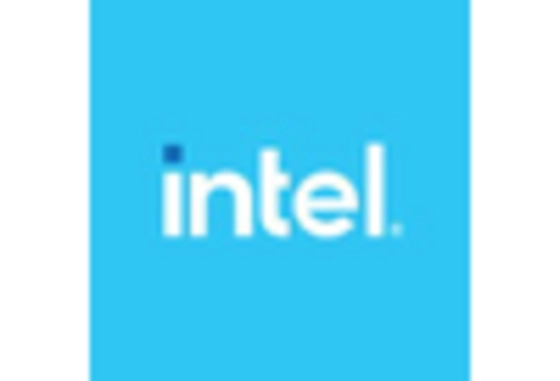

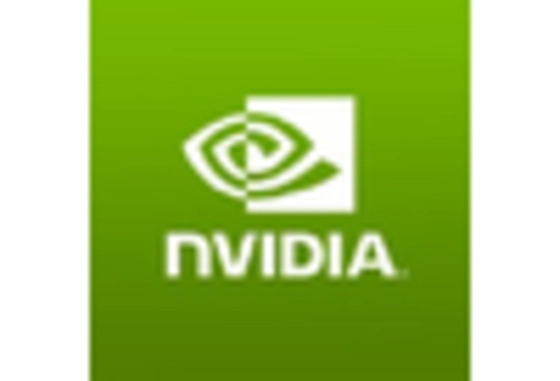








Leave a Comment